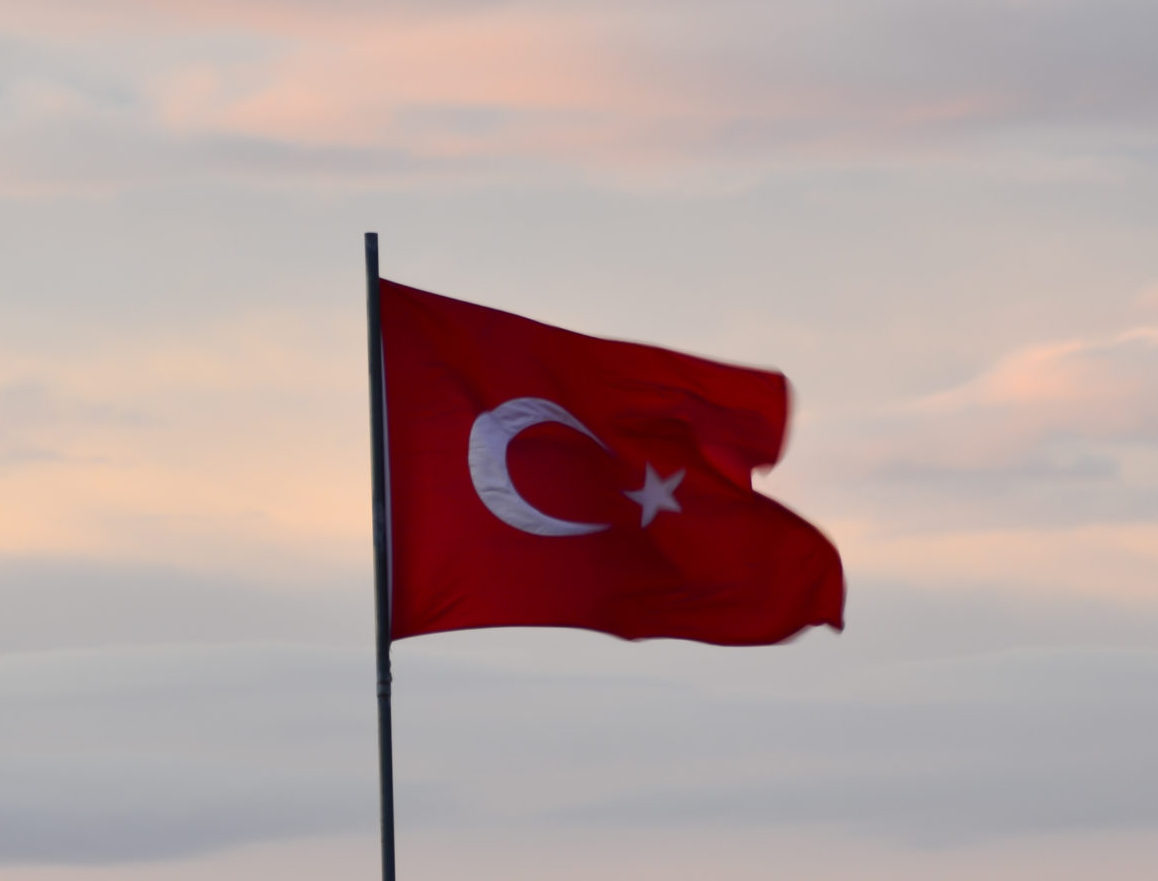When I started reading From the Holy Mountain by William Dalrymple, I struggled to put things in context as it covered the history and the current existence of Christian monasteries in the countries of Turkey. I figured to make sense of it all, I needed to read the history of Turkey – Wikipedia wasn’t going to be enough. I chanced upon “A Traveller’s History of Turkey” in the library.
This book is a cliff notes version of Turkey’s history. It starts at the very beginning – at the start of civilization in the Neolithic Age in what is present-day Turkey. At the end of the Bronze Age, around 2000 BC Anatolia was dominated by the Hittites. It was around this time a series of squabbles started with Greece, which would continue till the early 19th century, for the land and trade supremacy in Asia Minor.
Many large cities were established during the time of Hittetes with the fabled Troy being one of them. As the book states, the empire collapsed due to being constantly at war and lack of administrative control over its many fragments. This continuous warring and subsequent exchange between smaller territories is something that would define the political and cultural landscape of Asia Minor.
The Hittite Empire followed a period of unrest and some incidental cultural growth, but the next major defining chapter in the history of Turkey was the Persian Empire. A period of great cultural growth and territory expansion came with the rule of the young Macedonian King Alexander. Unfortunately, after Alexander’s death, there really was no one to take charge, and Alexander’s generals split his kingdom establishing their own dynasties.
The book then narrates the advent of Christianity in Asia Minor and the establishment of the Byzantine Empire. The Byzantine Empire ruled Asia Minor with constantly changing borderlines for over 1000 years. The Byzantine capital of Constantinople became one of the political, religious, and cultural megapolises of the world. Somewhere, in the early 11th and 12th centuries, the Holy Crusades plundered and pillaged Byzantium, breaking it apart. By the late 14th century, Byzantium was weak, fragmented, and just ready to be torn apart by the waiting armies of the Ottoman Turks. It is the Ottoman Turks who gave the country its name “Turkey” and make up most of its ethnic population today. How that came into being is another story.
The book is a collection of facts, very neutral with no political overtones. Sometimes that makes for dry reading and the overcautious stand, especially with respect to the Kurdish question and the Armenian genocide can be a little annoying.
A Traveler’s History is at its best a textbook or a quick history guide. It doesn’t really give any perspective on the history of Turkey.
So I would recommend this as a starting point if you want to read about what happened and not why it happened.


